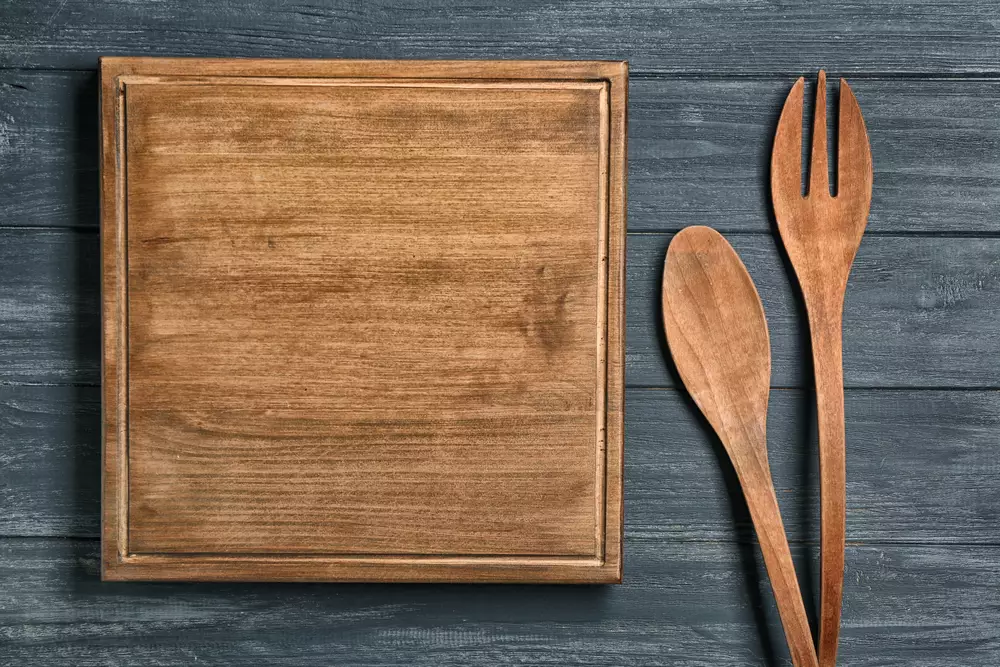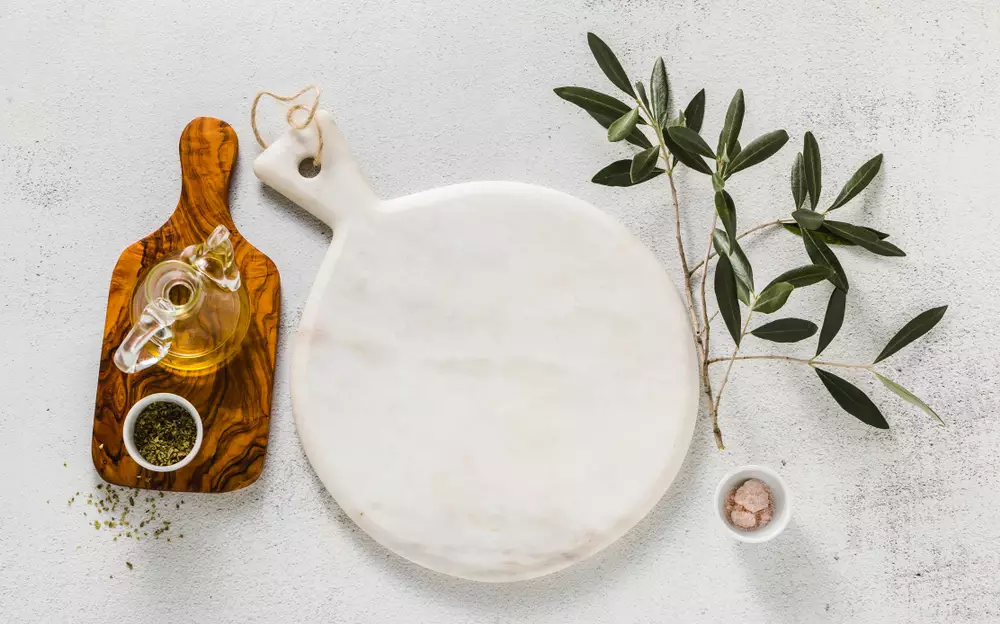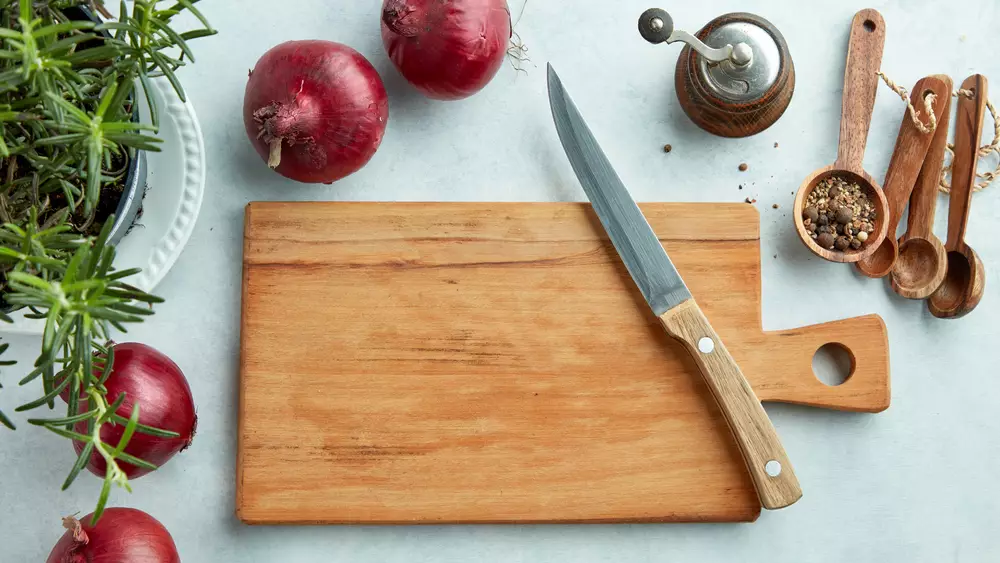Cutting boards are essential tools in every kitchen, providing a stable and sanitary surface for food preparation. They come in a variety of materials, each with its own unique properties. But what are cutting boards made of? From traditional wooden boards to modern alternatives like plastic, bamboo, and composite materials, cutting boards are crafted from diverse materials to cater to different needs.
The choice of material not only affects the durability and longevity of the cutting board but also impacts the hygiene, maintenance, and knife-friendliness of the surface. Understanding the various options and their characteristics can help individuals make an informed decision when selecting the ideal cutting board for their culinary endeavors.

Discovering the Materials Behind Cutting Boards
Cutting boards can be made out of various materials, each offering its own advantages and considerations. The most common materials used for cutting boards include:
Wood
Traditional cutting boards are often made from hardwoods like maple, walnut, or cherry. Wood is gentle on knife blades, naturally antimicrobial to a certain extent, and provides a classic aesthetic appeal. However, wood boards require regular oiling and proper maintenance to prevent warping, cracking, and the growth of bacteria.
Plastic
Plastic cutting boards are typically made from high-density polyethylene (HDPE) or polypropylene (PP). They are lightweight, affordable, and dishwasher-safe. Plastic boards are generally easier to clean and maintain than wood boards. However, they can develop deep knife grooves over time, which can harbor bacteria if not replaced regularly.
Bamboo
Bamboo cutting boards offer a sustainable and eco-friendly alternative to traditional wooden boards. Bamboo is a highly renewable resource with inherent antimicrobial properties, making it a hygienic choice for food preparation. These boards are known for their durability, knife-friendliness, and resistance to moisture. However, similar to wooden boards, regular oiling is necessary to preserve their structural integrity and prolong their lifespan.
Composite Materials
Cutting boards crafted from composite materials, such as those composed of compressed wood fibers or resin-based composites, are becoming increasingly popular. The rationale for their use in the construction of cutting boards lies in the fact that these materials exhibit exceptional durability while being soft on knives, and resistant to unsightly stains and unpleasant odors. Nevertheless, it’s important to note that the remarkable quality and long-lasting nature of these cutting boards make them a more expensive alternative than other options.
Glass Cutting Board
Glass cutting boards are non-porous and easy to clean. They offer a sleek and hygienic appearance, but they can be hard on knives and cause them to dull quickly. Glass boards are also prone to shattering if dropped or exposed to sudden temperature changes, making them less popular in professional kitchens.
Marble and Granite
These natural stone cutting boards are highly durable and provide an elegant and sophisticated look. However, they can be abrasive to knives and may dull the blade quickly. Marble and granite boards require special care to prevent staining and cracking.
It’s important to consider factors such as durability, knife-friendliness, maintenance, hygiene, and personal preference when choosing the right material for your cutting board.
Considerations for Choosing a Cutting Board
- Material: The choice of material for a cutting board is crucial. Wooden cutting boards are known for their durability and knife-friendliness, while bamboo cutting boards offer similar benefits with the added advantage of being more sustainable. Plastic cutting boards are affordable and easy to clean, but they may show knife marks over time. Glass cutting boards are hard and sanitary, but they can dull knives quickly. Composite cutting boards combine the advantages of different materials. Consider your preferences, cooking habits, and maintenance requirements when selecting a material.
- Durability: Look for a cutting board that is sturdy and can withstand regular use without warping or cracking. Wooden and bamboo boards are known for their durability, while plastic boards tend to be less durable and may need to be replaced more frequently.
- Knife-Friendliness: A good cutting board should be gentle on your knives, helping them retain their sharpness for longer. Wooden and bamboo boards have a natural give, which helps protect the knife edge. Plastic and glass boards, on the other hand, are harder and can dull knives more quickly.
- Size and Thickness: Choose a cutting board that suits your needs in terms of size and thickness. Larger boards provide more working space, while smaller ones are easier to handle and store. The thickness of the board should be sufficient to provide stability during cutting.
- Budget: Set a budget that aligns with your needs and preferences. Cutting boards are available at various price points, and the cost can vary depending on the material, size, and brand.
By considering these factors, you can choose a cutting board that not only meets your practical requirements but also enhances your cooking experience.

Proper Maintenance and Care of Cutting Boards
Maintaining and caring for your cutting board is essential to ensure its longevity and hygienic use. Here are some guidelines for proper maintenance:
- Cleaning: After each use, wash the cutting board with hot, soapy water. Use a scrub brush or sponge to remove any food particles and stains. Avoid soaking wooden cutting boards, as excessive moisture can cause warping or cracking. Plastic and bamboo boards can handle brief soaking if needed. Rinse the board thoroughly and dry it with a clean towel.
- Disinfecting: To sanitize your cutting board, especially after cutting raw meat, poultry, or fish, you can use a diluted bleach solution or a mixture of water and vinegar. Follow the manufacturer’s instructions for the appropriate concentration of bleach, or use a mixture of 1 tablespoon of vinegar per 1 cup of water. Apply the solution to the board, let it sit for a few minutes, then rinse and dry thoroughly.
- Removing Odors: If your cutting board develops persistent odors, you can sprinkle it with baking soda or rub it with half a lemon to neutralize the smell. Let it sit for a few minutes before rinsing and drying.
- Oiling Wooden and Bamboo Cutting Boards: Regularly oiling wooden and bamboo cutting boards helps maintain their condition, prevents drying, and minimizes moisture absorption. Use food-grade mineral oil or specialized cutting board oil and apply a thin, even layer with a clean cloth. Let the oil penetrate for a few hours or overnight, then wipe off any excess.
- Avoiding Harsh Cleaners and Heat: Avoid using harsh chemical cleaners or abrasive scouring pads on your cutting board as they can damage the surface. Additionally, keep the cutting board away from direct heat sources such as stovetops or ovens, as excessive heat can cause warping or cracking.
Food Safety Tips for Cutting Boards:
- Use Separate Cutting Boards: To prevent cross-contamination, it’s important to use separate cutting boards for different food groups. Assign one cutting board for raw meat, poultry, and seafood, and another for fruits, vegetables, and other ready-to-eat foods. This reduces the risk of bacteria from raw meats contaminating other foods.
- Color-Coding: Consider using color-coded cutting boards to further minimize cross-contamination. Assign specific colors to different food groups and strictly follow the color-coding system. For example, use a red cutting board for raw meats and a green cutting board for fruits and vegetables. This visual cue helps maintain separation and reduces the chances of cross-contamination.
- Clean and Sanitize: Clean your cutting board thoroughly before and after each use. Use hot, soapy water and a scrub brush or sponge to remove any food residue. For plastic and glass cutting boards, sanitize them by using a bleach solution (follow the manufacturer’s instructions) or a mixture of water and vinegar. Remember to rinse the board well and let it air dry or pat it dry with a clean towel.
- Avoid Damaged Boards: Inspect your cutting boards regularly and discard any that are heavily worn, have deep grooves, or are cracked. These imperfections can harbor bacteria, making it difficult to clean effectively.
- Safe Handling of Raw Meats: When handling raw meats, take precautions to prevent the spread of bacteria. Place a plastic or disposable cutting board on top of your regular cutting board to create a barrier. This extra layer of protection helps contain any juices or bacteria from raw meats and makes cleanup easier.
- Regular Maintenance: Follow the maintenance guidelines mentioned earlier, such as regular cleaning, disinfecting, and oiling for wooden and bamboo cutting boards. Maintaining the cleanliness and integrity of your cutting board is essential for food safety.
Conclusion
Choosing the right cutting board and properly maintaining it is crucial for a safe and efficient food preparation process in the kitchen. Considerations such as material, durability, knife-friendliness, maintenance requirements, and food safety should guide your decision-making when selecting a cutting board. Wooden, bamboo, plastic, glass, and composite cutting boards each have their own advantages and considerations.
Remember, a well-maintained and hygienic cutting board is an indispensable tool for any home cook or professional chef.
